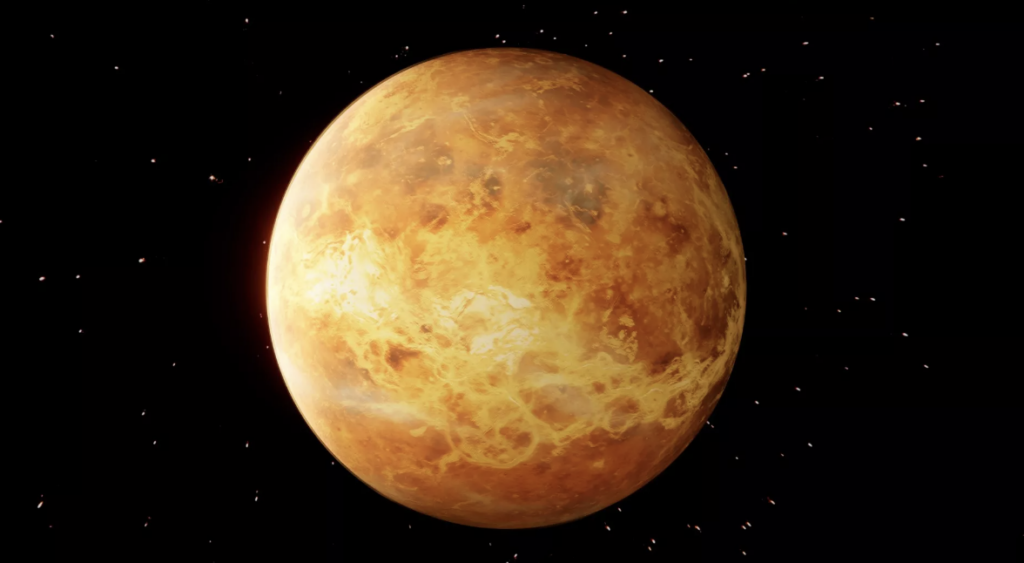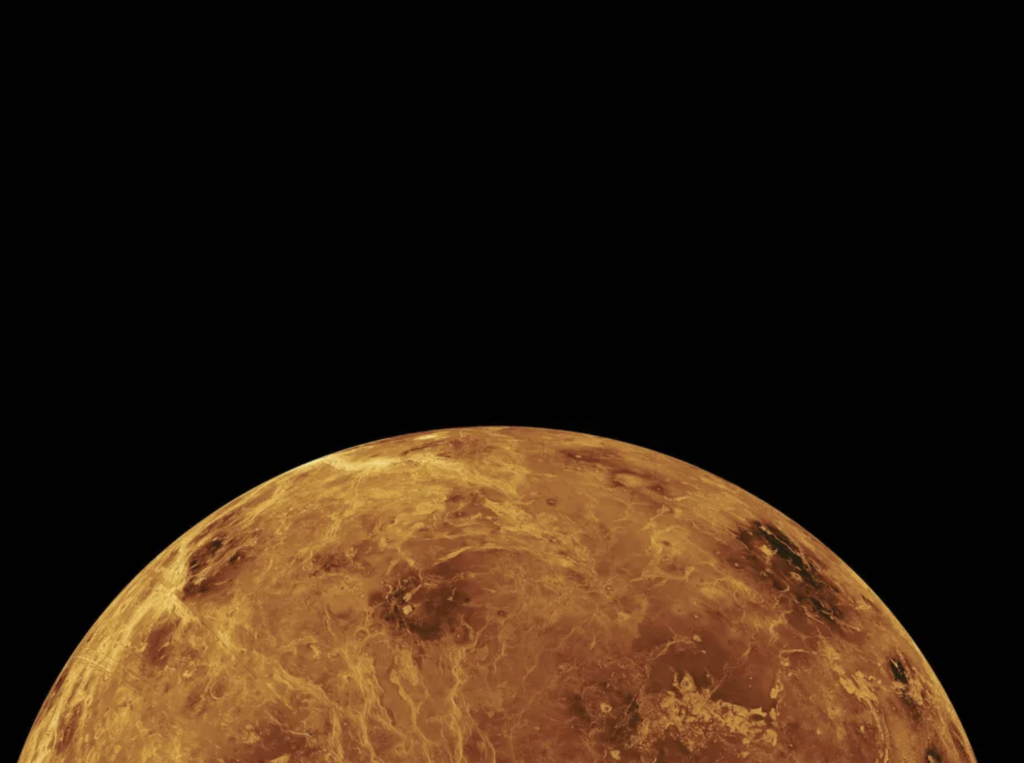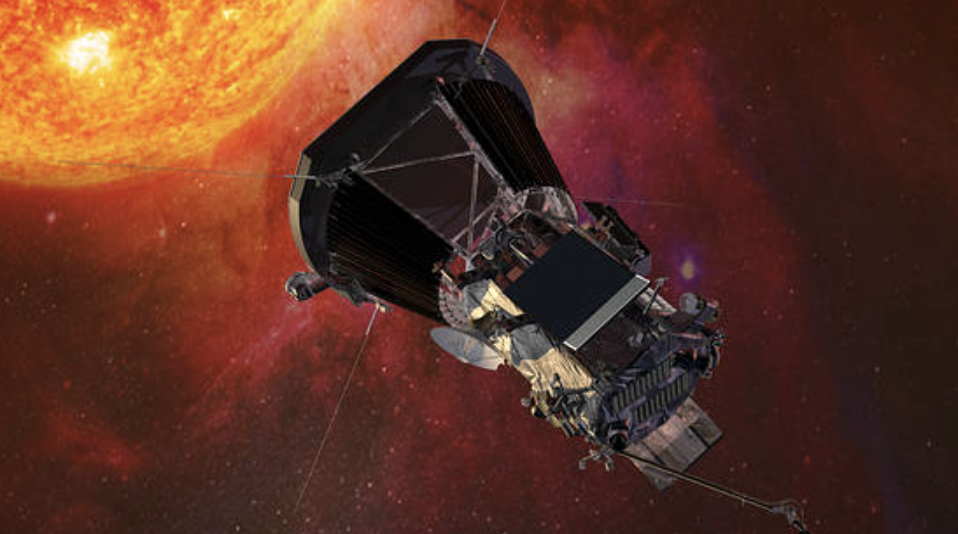The Hottest Planet: Unveiling the Scorching Realm of Venus
In the vast expanse of the cosmos, there are celestial bodies that exhibit extreme conditions, defying our understanding of habitability. Among these, Earth’s neighboring planet, Venus, claims the title of the hottest planet in our solar system. With its blistering temperatures and atmospheric conditions, Venus stands as a testament to the immense forces at play in our universe. This article delves into the captivating realm of Venus, exploring its scorching nature and shedding light on the factors that contribute to its otherworldly heat.

A Closer Look at Venus
Venus, named after the Roman goddess of love and beauty, is the second planet from the Sun, orbiting at an average distance of approximately 108 million kilometers. Despite being similar to Earth in terms of size and composition, Venus is a prime example of a planet that underwent a radically different evolutionary path.
Venus possesses a hostile environment, with surface temperatures that can melt lead and exceed 450 degrees Celsius (850 degrees Fahrenheit). This incredible heat is primarily a result of the planet’s dense atmosphere and the greenhouse effect. Venus’s atmosphere is composed mainly of carbon dioxide, with traces of nitrogen and other gases. These gases trap heat, creating a runaway greenhouse effect that causes the surface temperatures to skyrocket.
Runaway Greenhouse Effect and Venus’ Atmosphere
The greenhouse effect on Venus occurs when sunlight penetrates the atmosphere, warms the planet’s surface, and is then radiated back as infrared radiation. However, due to the thick atmosphere, the outgoing radiation is unable to escape, resulting in a buildup of heat. This trapped heat further enhances the greenhouse effect, leading to a vicious cycle that perpetuates the planet’s intense heat.
Venus’s atmosphere plays a crucial role in creating its extreme temperatures. The immense pressure at the surface, approximately 92 times that of Earth’s atmospheric pressure, adds to the intense heat. The thick atmosphere, mostly composed of carbon dioxide, creates a massive greenhouse effect and causes a dramatic rise in temperatures.

Surface Features and Volcanic Activity
Venus’s surface is dominated by vast volcanic plains, indicating a history of intense volcanic activity. These volcanic eruptions release large amounts of gas into the atmosphere, contributing to the planet’s already dense and heat-trapping environment. The combination of volcanic activity and the greenhouse effect paints a picture of an inferno-like landscape.
Super-Rotation and Extreme Winds
Adding to Venus’s intense environment are its atmospheric dynamics. The planet experiences a phenomenon known as super-rotation, where the atmosphere rotates much faster than the planet itself. This results in hurricane-force winds whipping across the surface, with speeds reaching up to 360 kilometers per hour (225 miles per hour). The ferocious winds contribute to the redistribution of heat across the planet, further intensifying the overall temperature.
Exploring Venus’s Mysteries
Despite the inhospitable conditions on Venus, scientists have strived to unveil the planet’s mysteries. Numerous missions have been sent to study its atmosphere, surface, and geological activity. NASA’s Magellan mission, launched in 1989, provided detailed radar maps of Venus’s surface, shedding light on its geological features. More recently, the European Space Agency’s Venus Express mission and NASA’s Parker Solar Probe have offered further insights into the planet’s atmospheric dynamics.

Conclusion
Despite not being the closest planet to the sun in our solar system, Venus is the hottest planet in our solar system. Venus, the hottest planet in our solar system, captivates us with its extreme temperatures and unforgiving environment. Its dense atmosphere, laden with carbon dioxide and other gases, creates a runaway greenhouse effect that traps heat and pushes surface temperatures to unimaginable levels. Volcanic activity, hurricane-like winds, and super-rotation contribute to the overall intensity of Venus’s climate. Despite the challenges, scientific missions continue to explore this scorching planet, revealing its secrets and broadening our understanding of the diverse worlds that exist beyond our own. Venus serves as a reminder of the incredible diversity and extremes found within our cosmic neighborhood, urging us to unravel the mysteries of the universe.
